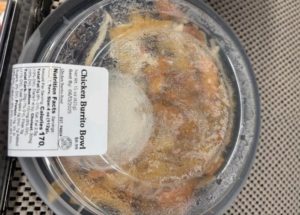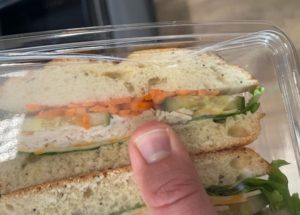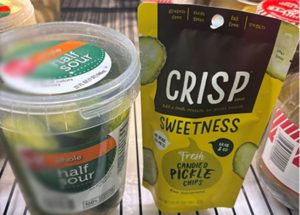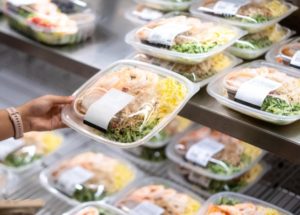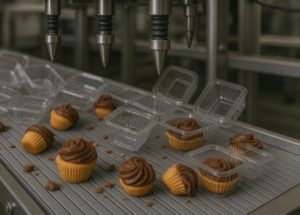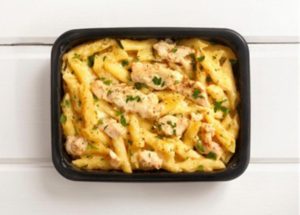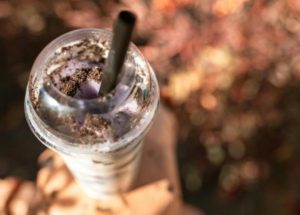Oct 31, 2025
Key Takeaways from the 2025 Global Produce and Floral Show
At a Glance IFPA show takeaways: IFPA proved the produce industry isn’t waiting for change — it’s creating it. “Fight for Fresh”: The new rallying cry for collaboration and access to fresh food. Traceability + tech: Smart systems are redefining packaging and compliance. Gen Z’s view: They want better packaging, not less packaging. Fresh off […]
Read More +
Oct 27, 2025
When Your Food Packaging Design Is Failing Your Business: 7 Warning Signs You Can’t Ignore
At a Glance Packaging design isn’t just about looks — it drives performance from production to purchase. Flawed design causes stacking issues, seal leaks, and spoilage that hurt profits and trust. Watch for seven warning signs: Weak structure, poor seals, bad visibility, outdated design, automation jams, transport damage, and low sustainability. Fixing design flaws with the right partner turns […]
Read More +
Oct 21, 2025
Why Thinner Packaging Is Costing You More Than You Think
At a Glance Gauge optimization protects your product and profits — thinner packaging may save cents but costs more through damage and lost trust. Thin gauges weaken tamper protection, making containers easy to open or reseal unnoticed. Proper gauge adds durability, stack strength, and true tamper protection that preserves revenue and reputation. Choose gauge based on product, display, […]
Read More +
Oct 14, 2025
Flexible vs. Rigid Food Packaging: The Ultimate Showdown That’s Reshaping the Industry
At a Glance Flexible package options deliver space efficiency, lower costs, and sustainability benefits, but face challenges with protection, speed, and recycling. Rigid containers provide superior protection, speed, and product visibility, but take more storage space, add shipping costs, and carry higher environmental impacts. Smart brands mix both — flexible for efficiency and labeling, rigid […]
Read More +
Sep 29, 2025
Why Packaging Deserves a Seat at the Product Launch Table
At a Glance Treating new product packaging as an afterthought leads to costly issues like product damage, poor shelf appeal, and missed sales. Packaging affects the full customer experience — from protection and usability to how the product is perceived on shelf. Involving packaging partners early results in better design, longer shelf life, and stronger […]
Read More +
Sep 24, 2025
What Message is Your Packaging Sending in the First 3 Seconds?
At a Glance Packaging drives consumer decisions in just three seconds, making it the critical first impression that can make or break a product. Poor packaging choices — cracks, weak seals, dull clarity, or mismatched branding — undermine quality and push shoppers toward competitors. Packaging impacts far more than sales: it affects shelf life, waste, […]
Read More +
Sep 22, 2025
Stuck Together: The Hidden Cost of De-Nesting Failures
At a Glance Poor de-nesting design causes chaos: Stuck containers lead to spills, wasted product, and workers cleaning instead of checking quality. De-nest lugs fix the issue: Smart lug patterns (A-B-C) prevent containers from locking but need upkeep. Teamwork matters: Manufacturers design solutions; processors maintain and communicate to keep lines running. The payoff: Smooth automation, […]
Read More +
Sep 10, 2025
What Packaging Material Can Go from Freezer to Oven Without Breaking?
At a Glance CPET packaging handles -40°F to 420°F and is perfect for freezer-to-oven meals. Made with special thermoforming tools and processing, it keeps its shape and blocks oxygen, water, and grease. Recycling is a challenge, but new CPET Light and TPET offer clearer, greener options. Use CPET for extreme temps; choose alternatives for moderate […]
Read More +
Sep 08, 2025
Is All Plastic Food-Safe? What You Need to Know
At a Glance Resin identification codes (the triangles made of chasing arrows) show the plastic type, not whether it’s certified for food contact; even common codes like PET (1) or PP (5) can be unsafe if made from non-compliant materials. Food-safe plastic isn’t guaranteed by appearance or resin codes — true safety requires FDA-approved materials, […]
Read More +
Sep 03, 2025
Why is PET the Top Packaging Material for Cold & Ambient Fresh Food?
At a Glance PET Packaging Boosts Visibility: Crystal-clear PET packaging enhances product appeal, improves sales, and simplifies inventory management, lowering handling costs. Extends Shelf Life: PET’s strong oxygen barrier keeps products fresh longer than packaging with lower barrier properties such as paper or polystyrene, reducing waste compared to other materials. Sustainable & Adaptable: PET has […]
Read More +


